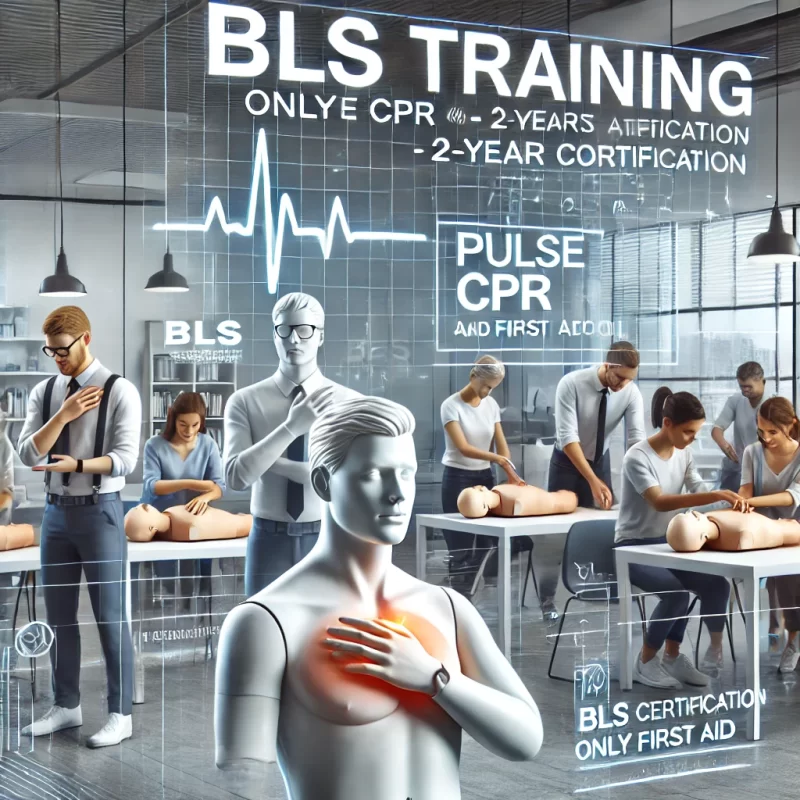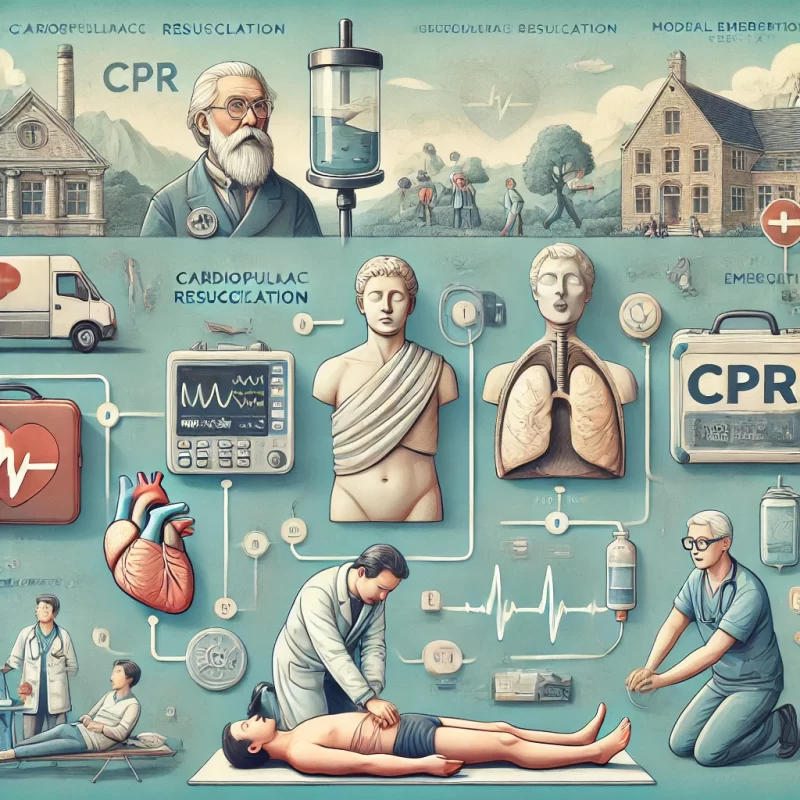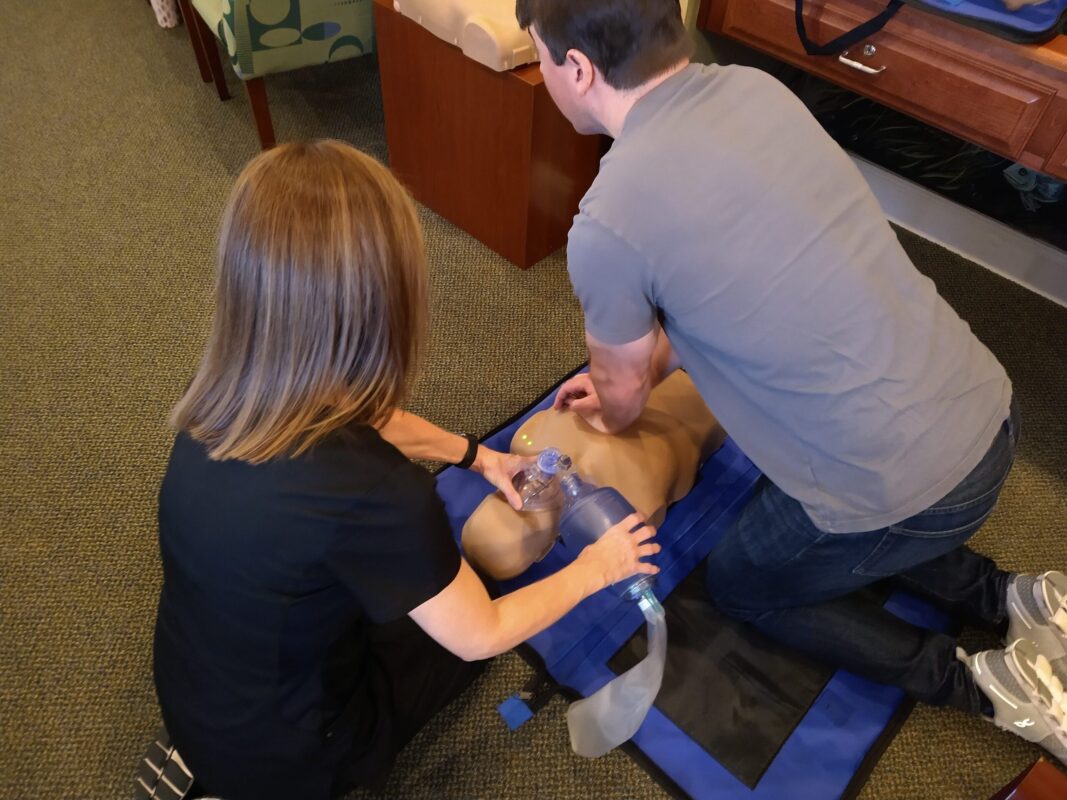
CPR Gender gap. Women who have a cardiac arrest are less likely than men to receive potentially life-saving procedures such as angiography to look for blocked coronary arteries or angioplasty to open them, according to new research in Journal of the American Heart Association CPR , the Open Access Journal of the American Heart Association/American Stroke Association.
The study indicates such procedures have helped boost cardiac arrest survival rates, said Luke Kim, M.D., study lead author and assistant professor of medicine in the cardiology division of Weill Cornell Medical College in New York,CPR. “But the troublesome part of our paper is that just as with many other treatments we’re still not doing as good a job with women as men. Women tend to get less immediate care when time is essential.”
The study is the first to report sex-based disparities across a representative spectrum of cardiac arrest patients from more than 1,000 U.S. hospitals nationally. During the 10-year study, in-hospital death rates fell for both sexes, but remained higher for women. Of those who were treated in hospital for cardiac arrest, 64 percent of women died compared to 61 percent of men.
Using a database of hospital discharge records known as the Nationwide Inpatient Sample, researchers analyzed more than 1.4 million cases in which cardiac arrest patients were transported alive to acute-care hospitals from 2003 through 2012. During that time, the number of cardiac arrests increased by 14 percent.
Adjusting for factors including patient age, health, hospital characteristics and previous cardiac procedures, researchers also found that women who had a cardiac arrest from a shockable rhythm were:
- 25 percent less likely to receive coronary angiography;
- 29 percent less likely to have angioplasty, also known as percutaneous coronary intervention (PCI);
- 19 percent less likely to be treated with therapeutic hypothermia, in which body temperature is lowered to help improve odds of survival and reduce risk of brain damage.
As a group, women in the study were older than men and were less likely to have been previously diagnosed with coronary artery disease. They were more likely to have other health problems, such as congestive heart failure, high blood pressure, obesity and other issues, and to have cardiac arrest caused by problems other than a blood vessel blockage, such as pulmonary embolism.
The study cannot pinpoint causes of the gender gap, the authors said.
Kim said better educational outreach across the community — not just to doctors, nurses, and first responders, but citizens on the street — could improve cardiac arrest survival rates. More people should be taught about cardiac arrest, how to perform CPR, and what defibrillators do.
Unlike some of the other disorders, “cardiac arrest is one of the few medical emergencies where there’s a huge impact due to how the public responds to it. If someone can get to a patient right away and do CPR, that patient has a chance,” Kim said
Cardiac arrest occurs when the heart abruptly stops functioning due to malfunction of its electrical system. In 2014, about 356,500 people in the United States suffered out-of-hospital cardiac arrests; only12 percent of those treated by emergency medical services survived.
Co-authors are Patrick Looser, M.D.; Rajesh V. Swaminathan, M.D.; James Horowitz, M.D.; Oren Friedman, M.D.; Ji Hae Shin, M.D.; Robert M. Minutello, M.D.; Geoffrey Bergman, M.D.; Harsimran Singh, M.D.; S. Chiu Wong, M.D. and Dmitriy N. Feldman, M.D. Author disclosures are on the manuscript.



